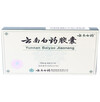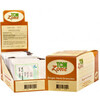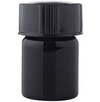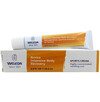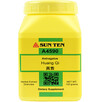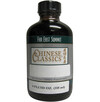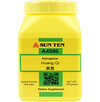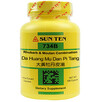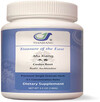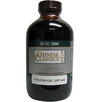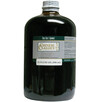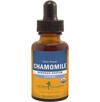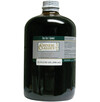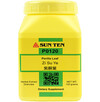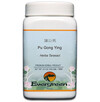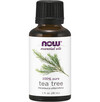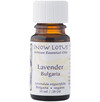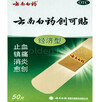Your Herbal First Aid Kit: Chinese Medicine for Everyday Ailments
Posted by Jemile Nesimi Hobson, B.A. on Dec 30, 2024
Imagine addressing everyday health concerns—from minor cuts to seasonal colds—without synthetic medications. A herbal first aid kit provides natural, effective solutions rooted in holistic care. Drawing from the wisdom of Traditional Chinese Medicine (TCM), this kit combines centuries-old knowledge with modern practicality, empowering you to care for yourself and your loved ones sustainably.
This guide will show you how to build your own herbal first aid kit, explore key herbs and their uses, and explain how Chinese medicine enhances first aid care. Whether you’re a seasoned practitioner or simply curious about natural remedies, you’re in the right place.
What Is an Herbal First Aid Kit?
An herbal first aid kit is a curated collection of plant-based remedies and tools designed to address common health concerns—think scrapes, colds, sore muscles, and stress. Unlike synthetic treatments, herbal remedies can help relieve symptoms and support the body’s natural healing processes, a principle deeply rooted in Chinese medicine.
Chinese medicine practitioners have used herbs to balance Qi (energy) and harmonize the body’s functions for thousands of years. For more information on this subject, see our blog post on herbs to balance Qi. This time-tested knowledge can easily be integrated into modern healthcare practices, providing a gentle yet powerful addition to standard first-aid measures.
Why Choose a Natural Medicine Kit?
Conventional first aid items like antiseptics and painkillers certainly have their place, but a natural medicine kit offers unique advantages.
- Sustainability: Herbal remedies are derived from natural, renewable sources, making them eco-friendly alternatives.
- Fewer Side Effects: Unlike synthetic medications, herbal ingredients are gentler on your body, reducing the risk of harsh side effects.
- Accessibility: Many herbs are easy to source, affordable, and applicable to various health concerns, offering versatile solutions.
A holistic first aid kit bridges the gap between ancient wisdom and modern convenience, giving you a profound way to care for your health.

Essential Components of a Herbal First Aid Kit
Your herbal first aid kit should include remedies that tackle a range of common ailments. Here are some must-haves to get you started.
Herbs for First Aid
- Arnica: Reduces bruising and inflammation.
- Yarrow: Helps with wound healing and controls bleeding.
- Ginger: Eases nausea and promotes digestion.
- Chamomile: Calms the mind and soothes stress-related tension.
Herbal Equipment
Invest in tools like clean cotton pads, pestles for grinding herbs, and airtight containers for storage. These will help you create and preserve your herbal remedies effectively.
Additional Chinese Herbs
Traditional Chinese Medicine brings a treasure trove of herbs that go beyond treating symptoms—they address root causes.
- Ginger (Sheng Jiang): Perfect for alleviating nausea, warming the body, and easing cold symptoms.
- Huang Qi (Astragalus): Strengthens immunity and boosts energy.
- Dang Gui (Angelica Sinensis): Improves blood circulation and supports healing.
Each herb provides tailored care to specific ailments, making them invaluable in your natural first aid kit.
Can I Make My Own Herbal First Aid Kit?
Here’s how to create your own herbal first aid kit in a few simple steps.
- Select Essential Herbs: Choose herbs that align with your health priorities, like calming remedies or digestive aids.
- Source Quality Supplies: Look for reputable suppliers who provide organically grown herbs to ensure safety and efficacy.
- Store Properly: Use airtight containers to preserve the potency of your herbs, and label them clearly for easy access.
- Seek Guidance: Consult a qualified TCM practitioner for personalized advice and usage guidelines.
Building your kit is a rewarding step toward a proactive and sustainable health strategy.
Essential Herbs for Common Ailments
Building your herbal first aid kit starts with understanding the uses of key herbs in Chinese medicine. Your herbal first aid kit will vary depending on your needs, but here are some staples to consider that can address a variety of everyday ailments:
1. Wound Care and Bruising
Use: Stops bleeding, speeds healing, reduces swelling.
Application: Topical powder or capsule (with professional guidance).
Use: Promotes circulation, supports bruise healing and stops bleeding.
Application: Powder for wounds or capsules under guidance.
Use: Helps with wound healing and controls bleeding.
Application: Apply crushed leaves or a poultice to wounds.
Use: Reduces bruising and inflammation.
Application: Apply as a cream or gel to bruised areas (external use only).
2. Immune Support and Infections
Use: Boosts immunity and aids recovery from fatigue or illness.
Application: Brew as tea.
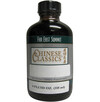 Jin Yin Hua (Honeysuckle Flower)
Jin Yin Hua (Honeysuckle Flower)
Use: Treats sore throats, fevers, and mild infections.
Application: Tea for throat irritation or fever relief.
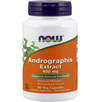 Chuan Xin Lian (Andrographis Herb)
Chuan Xin Lian (Andrographis Herb)
Use: Combats colds and infections, and reduces inflammation.
Application: Tea or capsules.
Use: Alleviates sore throats, detoxifies, and manages flu symptoms.
Application: Tea or powder dissolved in warm water.
Use: Improves blood circulation and supports healing.
Application: Tea or tincture for recovery support.
3. Digestive Health
Use: Natural laxative, aids digestion.
Application: Tea for constipation relief.
Use: Eases gastrointestinal discomfort and regulates digestion.
Application: Digestive tea blends.
Use: Supports digestion, relieves nausea, and aids respiratory health.
Application: Tea for upset stomachs or allergies.
Use: Alleviates nausea, warms the body, eases cold symptoms, and promotes digestion.
Application: Tea or included in meals.
4. Stress and Energy
Use: Reduces effects of stress, boosts energy, supports liver health.
Application: Tea or tincture.
Use: Strengthens immunity and boosts energy.
Application: Tea during recovery or as a preventative measure.
Use: Calms the mind, soothes stress-related tension, and improves sleep.
Application: Brew as a relaxing tea.
5. Respiratory Health
Use: Soothes coughs, reduces inflammation, detoxifies.
Application: Tea for sore throat and cough relief.
Use: Eases mild allergies and supports respiratory health.
Application: Tea for seasonal relief.
6. Pain Relief and Muscle Care
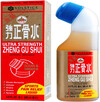 Zheng Gu Shui (Bone Setting Water)
Zheng Gu Shui (Bone Setting Water)
Use: Relieves muscle strain, bruises, and joint pain.
Application: Apply topically to affected areas.
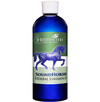 Herbal Liniments (e.g., Tiger Balm)
Herbal Liniments (e.g., Tiger Balm)
Use: Eases muscle stiffness, headaches, and general pain.
Application: Massage into sore muscles or temples.
7. Skin Care
Use: Detoxifies and soothes irritated skin.
Application: Tea or topical compress.
8. Essential Oils and Balms
Use: Antiseptic for cuts and bites.
Application: Dilute and apply topically.
Use: Calming effect, soothes minor burns.
Application: Dilute and apply to affected areas or diffuse for relaxation.
9. Additional Tools
Use: Natural antimicrobial for wounds and sore throats.
Application: Apply to cuts or mix in warm water for sore throat relief.
Use: For wound protection and care.
Application: Use with Yunnan Baiyao or San Qi powder.
These are just a few examples, but incorporating such herbs into your first aid kit ensures you're prepared for an array of situations, all while connecting to a healing tradition admired for its efficacy and mindfulness.
Herbal Kits vs. Conventional First Aid Gear
Think of a herbal kit as a multipurpose solution, whereas standard first aid gear is often limited to acute care. While a typical kit may have adhesive bandages and painkillers, a herbal kit equips you with cost-effective, versatile remedies that work harmoniously with your body.
For example, rather than simply covering a wound with a sterile pad, you can apply Yunnan Baiyao to stop bleeding while promoting faster healing. Similarly, Bo He (Peppermint) can address pain and stress-related discomfort instead of generic pain relief.
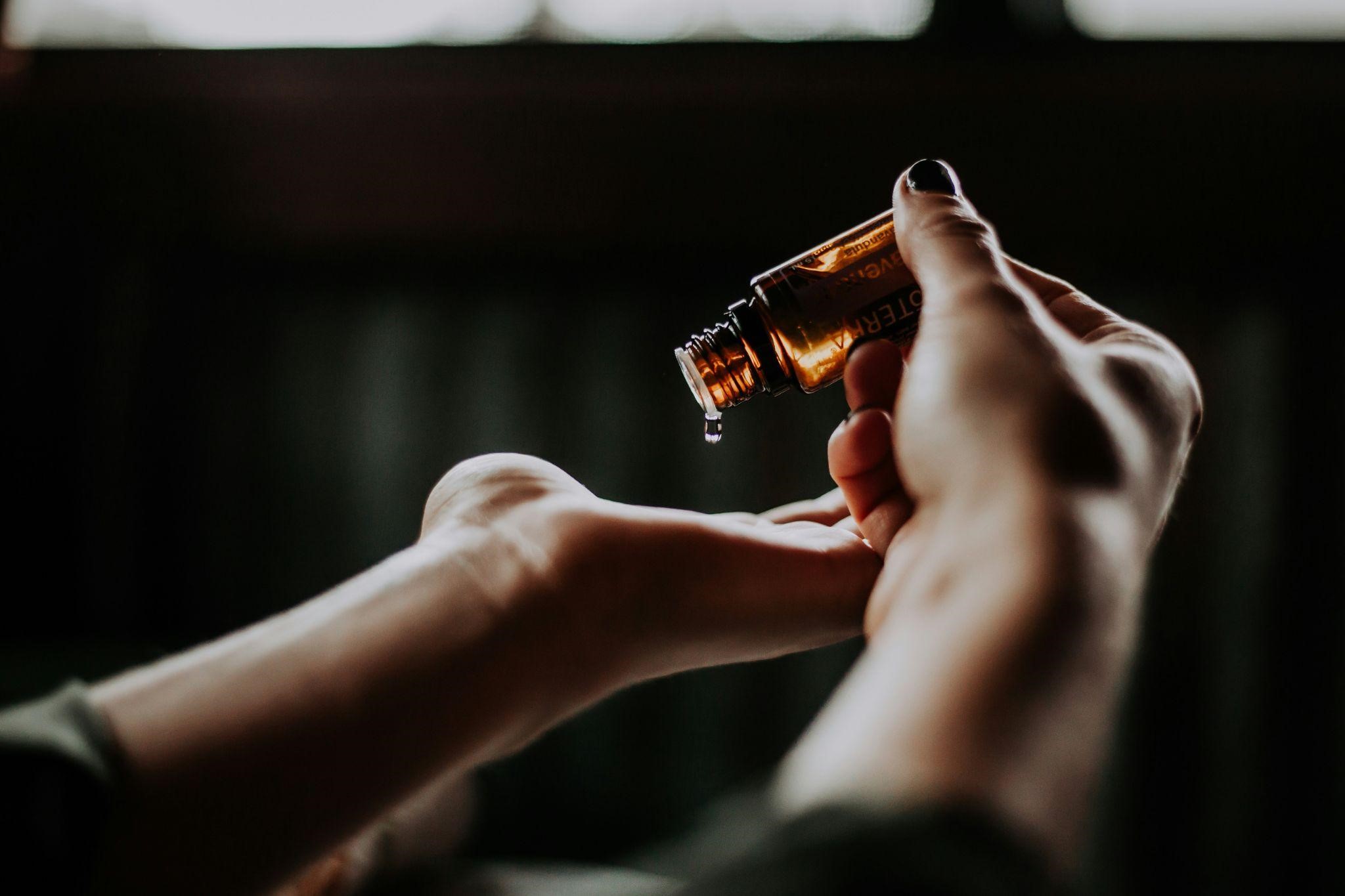
How Chinese Medicine Enhances First Aid Care
Traditional Chinese Medicine (TCM) offers a profound and holistic approach to health by addressing the root causes of ailments rather than just the symptoms. This philosophy makes it an invaluable addition to modern first-aid care.
For example, Huang Lian (Coptis Root) is renowned for reducing inflammation and preventing infections, making it ideal for wound care and irritation. When energy imbalances disrupt the body’s natural harmony, herbs like Ginseng help restore Qi, ensuring optimal body function. For further information, see our previous Qi energy flow and balance article. Additionally, Dang Gui enhances blood circulation, which is crucial for faster injury recovery.
Combining TCM’s holistic methods with conventional first aid practices creates a comprehensive, synergistic approach to managing health and wellness.
What Are the Benefits of Using a Natural First Aid Kit?
Switching to a natural first aid kit offers many benefits that resonate with health-conscious individuals seeking holistic care. First, these kits rely on chemical-free solutions that use herbal remedies, which are gentler on the body compared to synthetic pharmaceuticals. This approach reduces the risk of adverse reactions, providing solutions with fewer side effects, especially for those with sensitive systems.
Moreover, natural first aid aligns with eco-friendly practices, supporting sustainability and minimizing environmental impact. As the demand for holistic health continues to rise, natural first aid kits stand out as a practical and ethical choice for those aiming to prioritize well-being without compromising their values.
Why Chinese Medicine is Ideal for Seasonal Ailments
The changes brought by seasonal transitions can challenge the body, leading to colds, dry skin, and fatigue. Chinese medicine excels in addressing these concerns by focusing on restoring balance and strengthening the body’s defenses. Especially this time of year, you can explore this topic more in our previous blog post on Chinese herbs for boosting the immune system.
For instance, Ginseng is a powerful adaptogen that boosts energy and combats fatigue, helping the body adjust to seasonal changes. Astragalus fortifies the immune system, making it an effective shield against seasonal illnesses like colds. Meanwhile, Ginger is well-known for its warming properties, which are especially beneficial during colder months to combat chills and support digestive health.
By incorporating these remedies, TCM provides targeted support for seasonal health challenges, ensuring resilience and harmony throughout the year.
Are Herbal Remedies Safe For Children?
Yes, but it’s essential to consider child-safe herbs, adjust dosages accordingly, and seek advice from a qualified professional.












